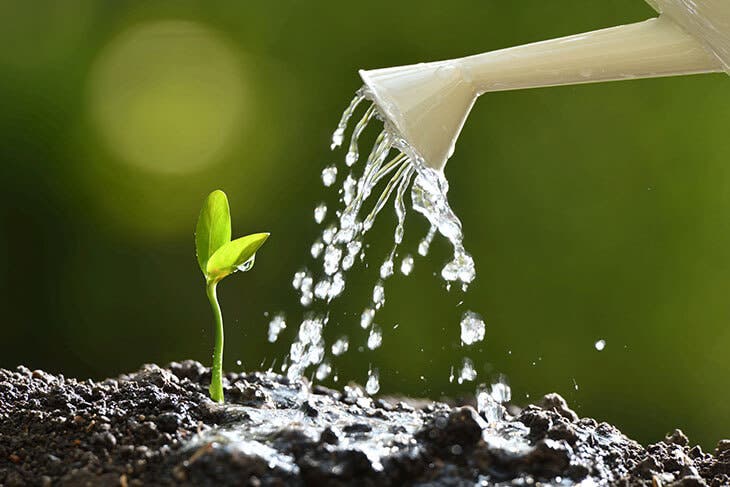ADVERTISEMENT
How to install drip irrigation from a plastic bottle for your plants?
Take a 1.5 L plastic bottle for potted plants, or a 5 L bottle for your garden or vegetable garden plants. Unscrew the cap and make a hole in the centre. Then fill the bottle with water and replace the cap. You will only have to turn it upside down and push the neck into the ground. This drip irrigation system should be installed a few days before your departure. This will allow you to check the water flow and change the hole opening if necessary. In addition, this drip irrigation system, also called micro-irrigation, is an economical irrigation system.
What are some tips for successfully watering plants?
When you have a garden or just green indoor plants, it is important to pay attention to the foliage of the plants. The state of the leaves lets you know if the plant is under or over-watered. Too much water can be fatal for your plant. Its leaves become soft and yellow. In addition, the roots suffocate and rot. Not to mention that excess moisture encourages attacks by insects and parasites. Hence the importance of removing stagnant water from the saucer or pot after each watering.
Under water stress, plant foliage may turn yellow. Leaves sag and may curl up on themselves, depending on the variety.

It is also advisable to adapt watering according to the needs of the plant and the seasons. Plants need less water in winter than in summer. To know if you need to water your plant, check the substrate; if it is dry to the touch, the plant needs water.
And finally, always water your plant with water at room temperature, preferably not calcareous, such as rainwater. Very cold or hot water can cause thermal shock to the plant and damage its root system.
Thanks to these simple tips, your plants will never dehydrate!
ADVERTISEMENT
